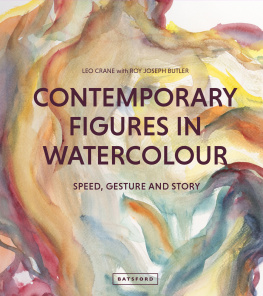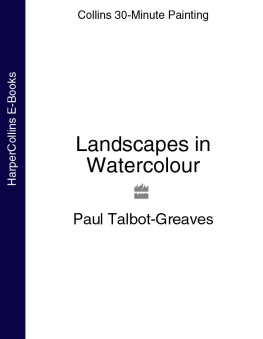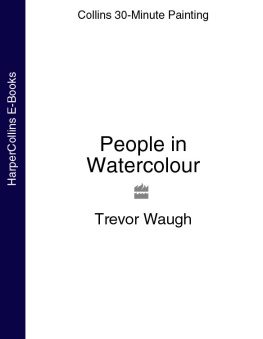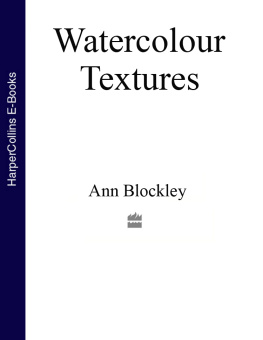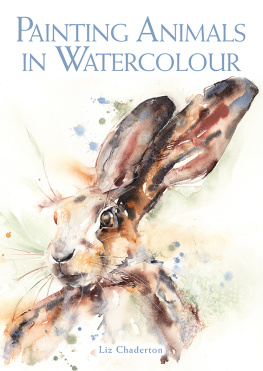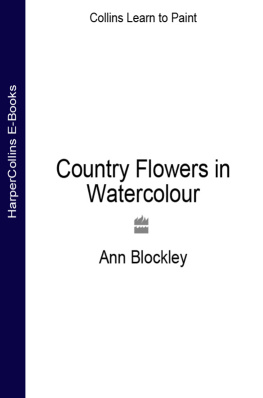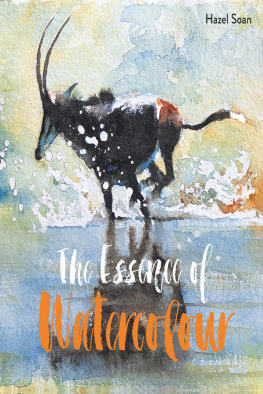Contents
Guide

Lidia Energy Paintings
These energy paintings represent Lidias gesture and are explored on .
Contemporary
Figures in
Watercolour
Leo Crane
with Roy Joseph Butler

Many Kams
Layering up your paintings makes unexpected connections between the figures (see ).
Contemporary
Figures in
Watercolour
Leo Crane
with Roy Joseph Butler

Dedication
I dedicate this book to the life models whose creativity and generosity are the foundations for my artistic practice. Boundless gratitude goes to Roy Joseph Butler, who introduced me to this world and has been my constant inspiration ever since.
A special thank you to Maggi Hambling CBE for challenging me to be fearlessly creative every day.
Contents

Matthew StandingStudy paintings help you explore the unique ways that watercolour can express a pose, as in these three paintings of Matthew.
Foreword
Roy Joseph Butler
The life room is an exceptional place, unlike any other creative space Ive ever confronted. In fact, the idea of confronting was a part of my experience of the life room only once: the first time. I stepped across the threshold into an amphitheatre of young artists, their collective attention split between their painting and drawing materials, and an assortment of boxes and plinths arranged just so for an already-sitting model. I was up next, just twenty years old and taking my clothes off for the first time in the name of art. Did I need to perform? Was there a trick to it, a special secret I would magically acquire in the pressure of the moment? Would the artists make me perfect on paper or scramble roughly over my own and their own intrinsic imperfections? From the moment the timer started I realized that what made the life room so exceptional, so special, was its reliance on one thing that underpinned all of my reservations and eventual joys: the modelartist relationship.
Contemporary Figures in Watercolourstarts with that foundational relationship between the painter and the subject, something writer (and painter and animator) Leo Crane puts at the centre of his creative practice. Some would say that this isnt really how it goes, that the artist is there to interpret whats in front of them, bringing their skills to bear to create a work all their own thanks to the physical presence of a professional subject. But as a model, Ive always known that that same work of art is created as much from what I bring as from the artists technique and vision. And the outcome? A tangible product of the unspoken (and sometimes spoken) dialogue between us. Its constantly fluid, like air, like water.
Ive known Leo since 2013, having met him in a life-drawing class in which I was modelling. Since then, weve collaborated on a number of projects in both digital and fine-art mediums, culminating in the founding of our creative studio Figuration in late 2016. Our first joint film, Nude Triumphant(2020), took audiences into the animated watercolour world of a first-time life model. It was (and is) a performative commentary on how the fusion between the artists creation and the models inspiration complement each other instead of existing in mechanical confrontation. And its hard to find a better medium than watercolour to illustrate that relationship, or indeed to highlight its power to accentuate and elevate art and life the way it flows into itself, naturally, unbounded, forcing one to see something new and stunningly unpredictable in it.
From a chance encounter in the life room, I never expected to be so much a part of Leos work over the years.

